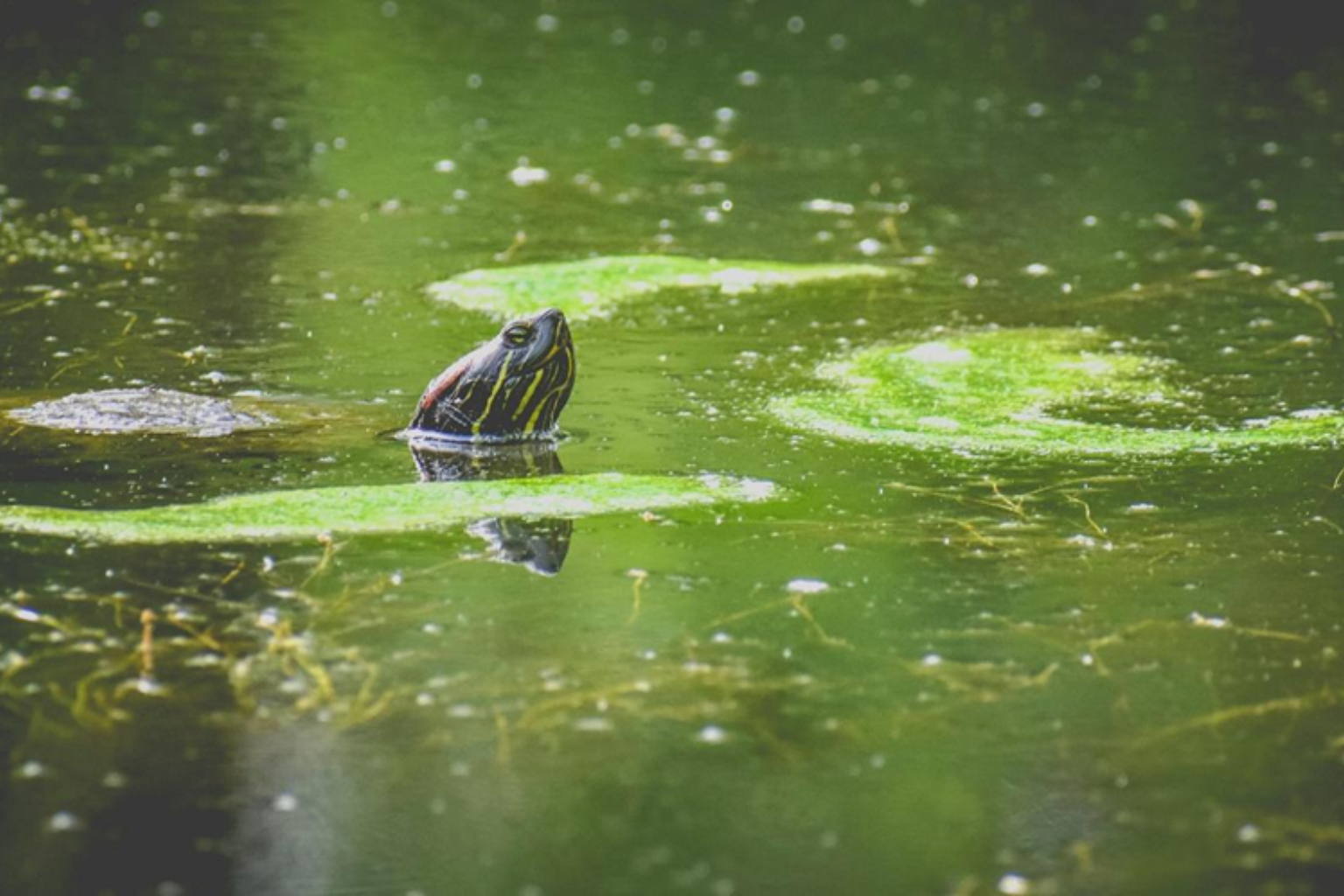Water features bring life to any space. The gentle sound of flowing water creates a peaceful atmosphere, while the visual appeal adds value to your property. But here’s the challenge: maintaining that crystal-clear water that makes your feature shine.
Algae growth can quickly turn your beautiful water feature into a green, murky mess. But with the right maintenance routine, you can keep your water sparkling clean year-round. These five practical tips will help you maintain a healthy water ecosystem that stays clear and inviting.
Proper Filtration
Your filtration system works as the core of your water feature. It circulates water, removes particles, and helps maintain water quality. Without proper filtration, even the cleanest water will eventually become stagnant and algae-prone.
Check your filter regularly and clean or replace it according to manufacturer recommendations. A clogged filter can’t do its job effectively, leading to poor water circulation and quality issues. Different types of filters serve different purposes:
- Mechanical filters catch physical debris
- Biological filters break down harmful substances
- Chemical filters remove dissolved pollutants
Size your filtration system appropriately for your water feature.
UV Sterilizers
UV sterilizers offer a chemical-free solution for controlling algae growth. These devices use ultraviolet light to destroy algae cells and harmful bacteria as water passes through the system. The process is natural, safe, and highly effective.
Install a UV sterilizer as part of your circulation system. Water flows through the UV chamber, where the light neutralizes algae and pathogens. This prevents new algae from establishing while keeping existing populations in check. UV sterilizers work best when water flows at the correct rate.
Beneficial Bacteria
Nature has its own solution for maintaining water balance: beneficial bacteria. These microscopic helpers consume the same nutrients that algae need to survive. When you introduce beneficial bacteria to your water feature, you’re creating natural competition that keeps algae in check.
Add beneficial bacteria products regularly, especially during warmer months when algae growth accelerates. These products come in liquid or powder form and are easy to apply. The bacteria will establish colonies throughout your water feature, continuously working to maintain balance.
Temperature affects bacterial activity. During cooler months, bacteria work more slowly, so you might need to adjust application frequency. Some bacteria products are specifically formulated for different temperature ranges, so choose accordingly.
Algaecides for Algae Control
Sometimes you need additional help for algae control, and that’s where algaecides come in. These chemical treatments can quickly address algae blooms, but they should be your last resort, not your first line of defense. Overuse can harm beneficial bacteria and disrupt your water ecosystem.
When selecting an algaecide, choose products specifically designed for water features. Read labels carefully and follow application instructions exactly. More is not better when it comes to chemical treatments.
Use algaecides as a temporary solution while addressing underlying causes.
Plant Life Balance
Aquatic plants serve as natural water purifiers. They absorb nutrients that would otherwise feed algae, while also producing oxygen that supports a healthy water ecosystem. The right plant balance can dramatically reduce algae problems.
Choose plants suited to your climate and water feature size. Submerged plants like hornwort and anacharis work underwater to consume nutrients directly. Floating plants like water lilies provide surface coverage that limits sunlight penetration, reducing algae’s ability to photosynthesize.
Don’t overcrowd your water feature with plants, but don’t leave it completely bare either. Aim for about 60-70% plant coverage for optimal balance.

